Historical 2009
| A House Reborn | 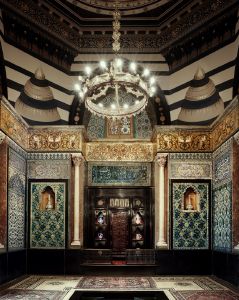 On 29 October Daniel Robbins, Senior Curator of Leighton House and Linley Sambourne House, gave us an extemely informative illustrated talk on the restoration and refurbishment currently being undertaken at Leighton House, which is due to reopen at Easter 2010. The work is considered necessary not least because of the house's primitive heating system of the 1920s, and the 'spaghetti junctions' of wiring which have built up over the decades. On 29 October Daniel Robbins, Senior Curator of Leighton House and Linley Sambourne House, gave us an extemely informative illustrated talk on the restoration and refurbishment currently being undertaken at Leighton House, which is due to reopen at Easter 2010. The work is considered necessary not least because of the house's primitive heating system of the 1920s, and the 'spaghetti junctions' of wiring which have built up over the decades.
In the late 19th century Leighton House was a focus of the Victorian art world; in fact Queen Victoria even graced it with a visit. Apparently people in those days often built their grandest houses, not when they had already 'made it' but when they were on their way up: the house was an investment to improve image and reputation; and where artists were concerned, the larger your studio the more important you were likely to be as an artist. Lord Leighton's studio, now often used as a concert hall, has a separate staircase leading up to it which was used by his models, so that they never had to walk through other parts of the house. It is a measure of how much care was taken when the house was first built that even here the decor was carefully planned to be in five shades of Prussian blue, relating to the De Morgan tiles in the main house. There are, incidentally, over a thousand tiles in the Arab Hall, mainly from Syria, and these had to be carefully protected by wooden boards before work started. The ziggurats having been reinstated on the roof in 2008 the restorers are now concentrating on recreating the interiors. The 19th and early 20th-century photographs of the house (some of which we were shown) are, of course, in black and white, but so many visitors over the years, including journalists, described the colour schemes in such detail that it has been possible to get close to the original schemes. The Silk Room, covered in silk as the name suggests, was described as being of a 'warm, faded leaf-green' colour. Silk samples from the late 19th century were looked through until an appropriate shade was found; new silk was then woven by a firm in Suffolk, and the trimmings by one in Derby; and, while we are on the subject of specialist firms, there is one in Essex (for planning reasons housed in what has been made to look like two small semidetached houses) which cleans chandeliers from all over the world; they are cleaning and restoring the one from Leighton House: a tricky business as the light bulbs have to appear to be held in the beaks of birds. When Lord Leighton died in 1896 he left the house and its contents to his two sisters. There was no money in the bank so the bequests he made to people and cultural institutions had to be paid for by selling the contents of the house. The house then stood empty, and no one wanted to buy it as it only had one bedroom. A few years later a Mrs Barrington founded a trust, the Leighton House Association, in order to acquire an art collection and open the house to the public. People were encouraged to buy back the works and furniture which had been sold, which involved some detective work. Lord Leighton's sisters bought back many themselves. Mr Robbins told us about earlier, and rather unfortunate redecoration of the interior, all of which has to be undone; by 1960 a lot of the interior decor had effectively been 'whitewashed'. One of the most fascinating details was how the inside of the dome of the Arab Hall was regilded with gold leaf, each leaf being one 250,000th of an inch thick and therefore so light that it cannot be felt when held in one's palm. Of course, not all of the art works can return to Leighton House, such as the four Corots each depicting a different time of day, which used to flank, two on each side, the great bay window. Sometimes photographic reproductions are the best one can do, but in this case the present owners have given permission for the originals to be copy-painted, and have even offered to help fund this. A happy note to end on.
Joy Puritz
|
|||||||||||
| Holland House and Terrace |
|
|||||||||||
| Holland House | In the summer newsletter we celebrated completion of the conservation work on the House; there is a selection of photos of the work below. We also said that the final step in our lengthy campaign was to landscape the terrace so that it can be opened to the public when the opera is off site. Well, more good news: in granting planning permission to Opera Holland Park for this year's productions, the Borough's Planning Department strengthened a previous condition requiring the terrace to be landscaped at the end of each season. Plans are now well advanced for this to happen and we hope that as a result the area will be open for everyone's enjoyment during the winter months. The whole point of our campaign, as we have said before, has been to see Holland House restored to its proper position as the heart of Holland Park. Could that really be about to happen?
[Winter 09]
|
|||||||||||
| Lighting of the Ceramic Tiles |
Ever since completing the conservation of the ceramic tiles in the arcade beside the cafeteria in 2006, we have been trying to find a suitable system for lighting them. It needed to be sensitive to the location, enhance the delicate shades in the tiles, be unobtrusive for cafeteria users and discreet in its installation. Finally, with the help of the Borough's Maintenance Department, a specialist lighting company, Lightscape Projects Ltd, was invited to design a system specifically for the purpose; they have now done so and it has just been installed – paid for by The Friends. It shows off the beautiful tiles in all their conserved glory, subtly and skilfully accentuating the different tile pigments in a gradually changing colour sequence over a few minutes. The effect is also to transform a rather gloomy arcade for all who choose to have their coffee outside, but under cover. The lighting will be in use all year round during the hours the Park is open. We hope it will add to your enjoyment and appreciation of our very special Park. [Autumn 2009] |
|||||||||||
| Holland House conserved | Those of you who attended the first production of the Opera Holland Park season will have had the opportunity of seeing Holland House positively shining in its new glory. Unusually, the opera set did not obscure the frontage, but with good reason, because it is looking quite marvellous since completion of the conservation work. | |||||||||||
| Holland House and Terrace | Our avowed wish to see the forecourt and terrace in front of Holland House opened to the public is well known, but progress comes in fits and starts.
However, our hopes of landscaping the terrace have been dealt a serious blow; we were unsuccessful in our bid to win a £250k grant from Kensington & Chelsea Environmental Ltd. The Royal Borough had promised to find the balance, but is unlikely to provide the full amount in the present climate. We shall continue to urge the restoration of this focal point in the Park. Other than during the opera season, when you can see neither the House nor the terrace, it is an unsightly mess. |

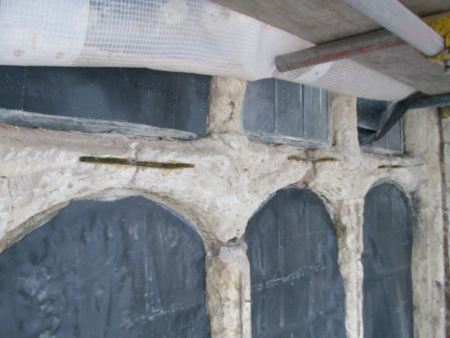 a
a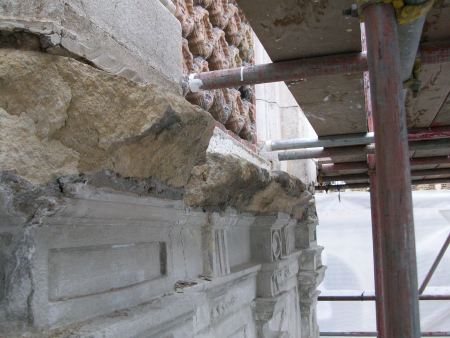 c
c 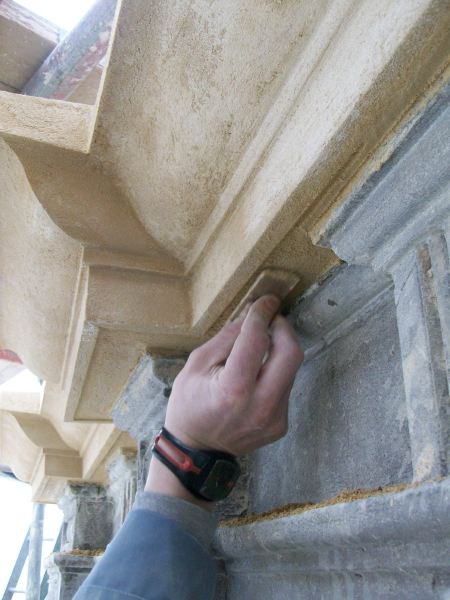 e
e 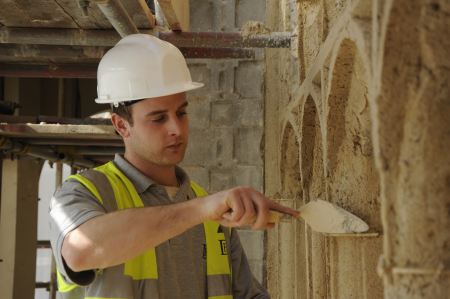 g
g 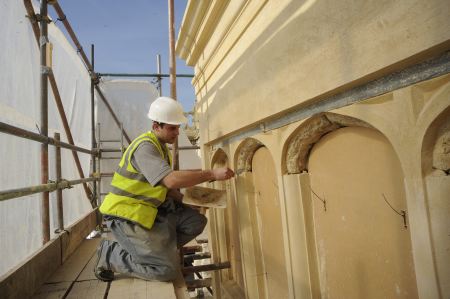 i
i 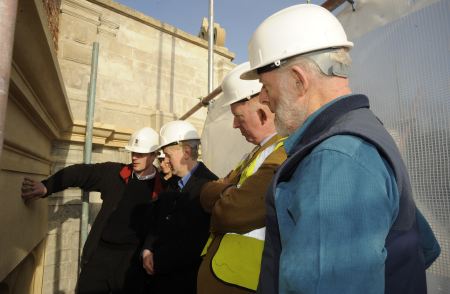 a
a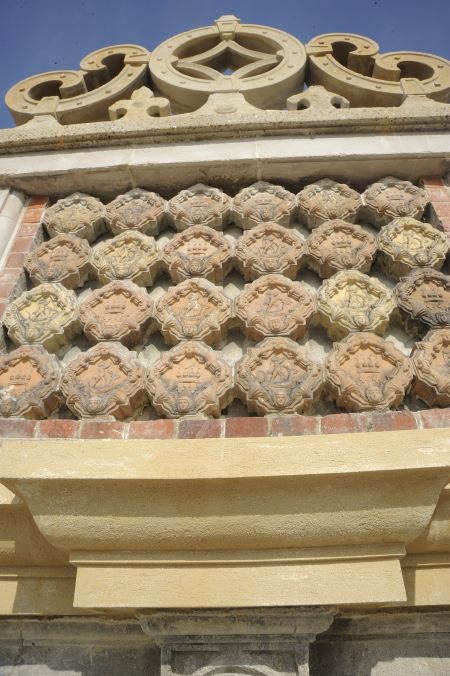 a
a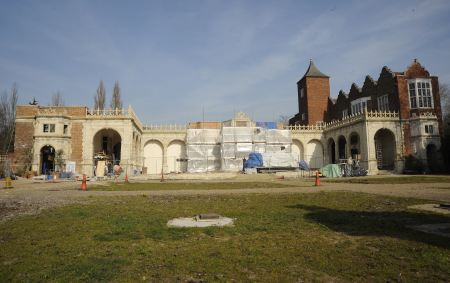 a
a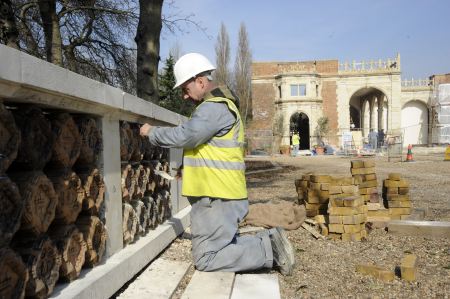 a
a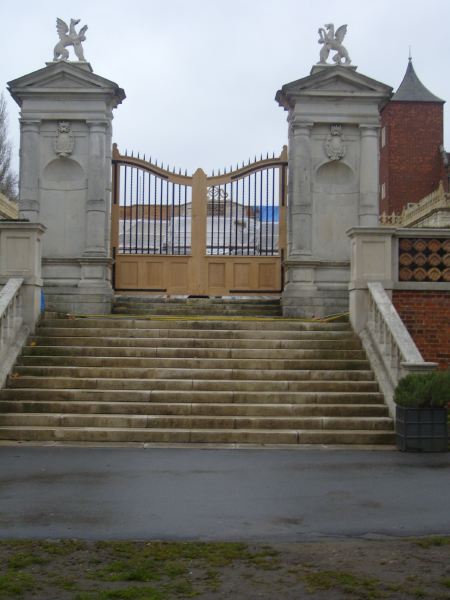 a
a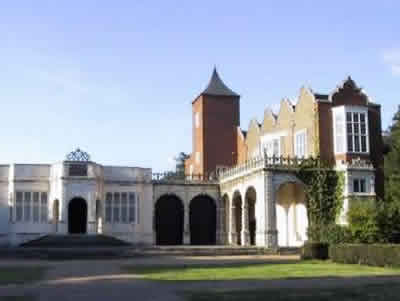 You will have seen that the House façade and main gate have been shrouded in scaffolding during the winter while conservation work was being carried out. Happily, this will be completed very shortly, in time for the next opera season.
You will have seen that the House façade and main gate have been shrouded in scaffolding during the winter while conservation work was being carried out. Happily, this will be completed very shortly, in time for the next opera season.